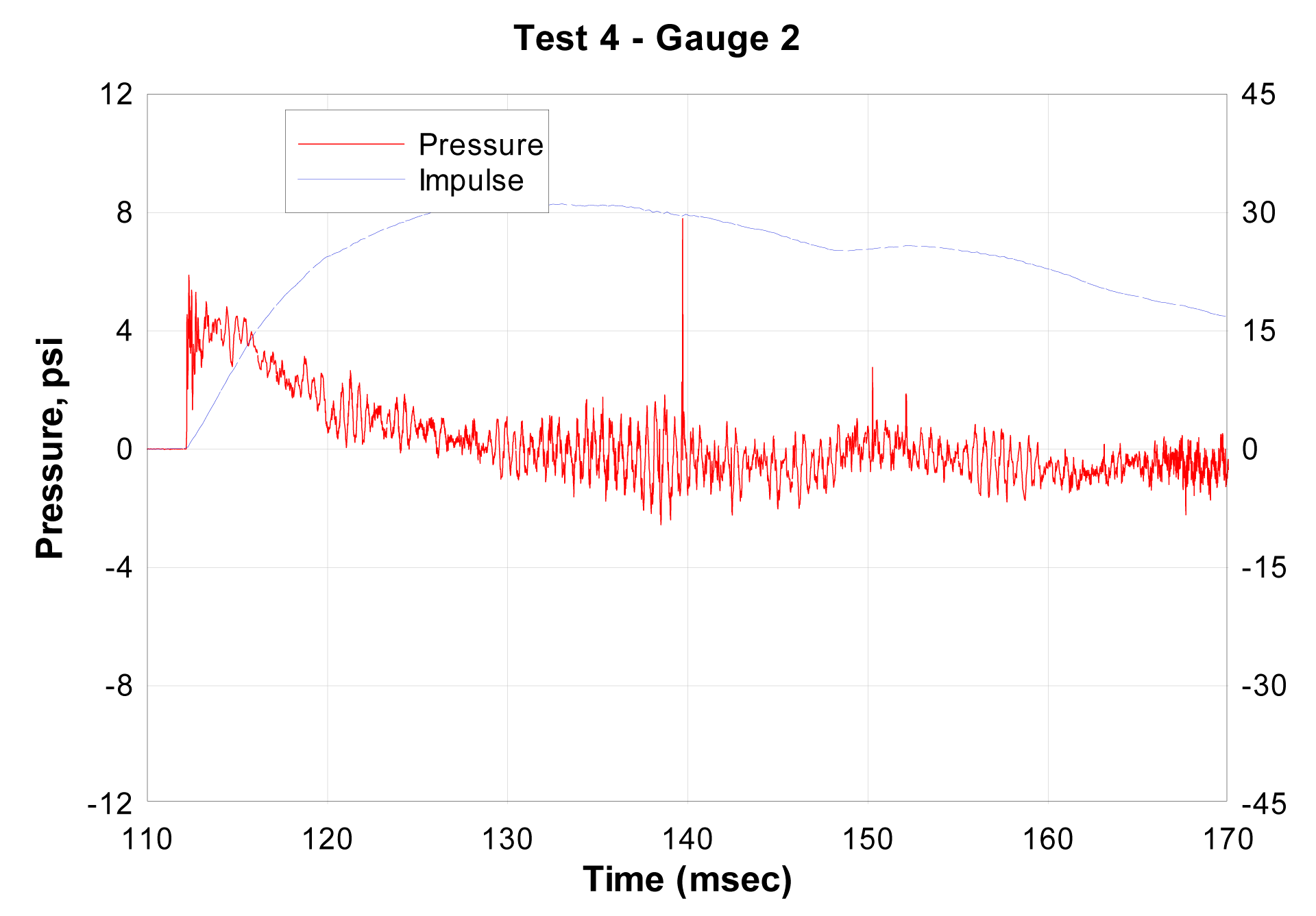Saving lives through compliance and testing
What We Do
Developing standards and testing for compliance.
About the Blast Mitigation Action Group
The Blast Mitigation Action Group (BMAG), a component of US Advanced Coatings Engineering L.L.C. , conducts research in collaboration and at requests from agency of the U.S. Department of Justice, Royal Canadian Mounted Police, Force Protection Quantico Marine Base, The National Counter Terrorism Security Office (NaCTSO) United Kingdom, Canadian Security Establishment.
BMAG is authorized to support research, evaluation, and demonstration programs, development of technology, and both national and international.
Specific mandates of BMAG are to:
Support initiatives and R&D endeavors aimed at enhancing and fortifying the safeguarding, structural integrity, and incorporation of bomb blast-resistant glazing for windows and glass doors, with the objective of preserving lives and mitigating criminal activities.
Execute nationwide pilot programs that employ cutting-edge or potentially successful technology.Offer recommendations for the federal, state, provincial, territorial, and local governments, as well as commercial groups, on how to utilize current technologies to detect bomb explosion materials in a building’s structure.
The three primary “tasks” are:
- technology and construction evaluation;
- technology development and application; and
- computer support, technology transfer, and administration.
We anticipate total program funding of $54 million for fiscal years 1999 (FY99) through FY03.
Funding was $8.3 million in FY99; projections indicate that it will stay at $12 million for FY00 through FY02 and will decline to $10 million for FY03.
Carry out research on criminal behavior related to the use of expulsive devises, ways and means.
The innovative use of hobby drones first used in the Ukraine conflict with Russia has introduced a whole new level of threats to America. BMAG is researching cost effective way preventing the loss of life and the threat of injury to the public at large.
The opinions or points of view expressed represent the author’s consensus and do not necessarily reflect the official position of the U.S. Department of Justice, Royal Canadian Mounted Police.
Acknowledgments
Every individual in this network of specialists devoted their time and specialized knowledge to compose this paper and assess it, offering valuable insights and viewpoints from diverse fields and regions including the United States, Canada, the UK, and Israel.
BMAG’s genuine strength is in its dedication to creating standardized practices that can be applied nationwide, spanning from rural communities to urban centers. We would like to express our appreciation to the agencies and organizations represented by the members of the Technical Working Group (TWG) for their adaptability and assistance, which enabled the participants to successfully finish this project.
BMAG expresses profound gratitude to the National Center for Forensic Science (NCFS).
Blast Mitigation Action Group
ABS Consulting
These hazard levels, which are not included in the GSA/ISC criteria, are used to differentiate between the severity of hazard, risk of injury, and probability of fragment impact within Zone 3 since they are an indication of the number of Window Hazard Mitigation Explosives Range Test Series August-October 2001 fragments. Two tests which both produce a Level 3B performance condition may differ greatly in the hazard to personnel depending on the amount of glass fragments in the test cubicle.
The Blast Mitigation for Structures Program BMSP
PROGRAM REVIEW
Program Goal and Objectives
The overall goal of the BMSP is “to protect people inside buildings from terrorist bomb attacks” (DTRA, 1999). The program seeks to achieve this goal by focusing on two primary areas: (1) reducing the likelihood of structural collapse and (2) minimizing the hazard from flying debris.1 Specific program objectives are listed below (DTRA, 1999):
- Establish tri-service and interagency collaboration on the program.
- Develop cost-effective methods to retrofit existing structures to mitigate the effects of blast.
- Develop design guidance for new construction to mitigate the effects of blast.
- Test and evaluate commercial-off-the-shelf (COTS) products for their capability to increase the resistance of a structure to blast effects.
- Develop industry standard models for the prediction of blast effects on structures and generate computer modules for use by government and industry.
- Define and produce joint service/agency design and assessment tools (to be defined by the user community).
- Develop simplified injury prediction models so that the benefits of blast mitigation design and retrofits can be evaluated in terms of human injury avoidance.
Program Activities
The committee believes that the direct effects of explosions on the human body are a potentially significant cause of injuries and death. However, the committee also believes the emphasis of the BMSP (Blast Mitigation for Structures Program ) on secondary effects (i.e., the response of the building and its subsystems to blast) and their potential to cause injury and death is well focused given the state of knowledge regarding secondary blast effects.

The Blast Mitigation for Structures Program.
National Research Council Canada. 2000.
Blast Mitigation for Structures: 1999 Status Report on the DTRA/TSWG Program. Washington, DC: The National Academies Press. doi: 10.17226/9861.×
A complementary program of reduced-scale and component testing is being conducted at the ERDC Structures Laboratory, which has a long history of model and component testing under blast conditions. The ERDC has also organized the Blast Mitigation Action Group (BMAG) to identify and evaluate commercially available (commercial-off-the-shelf or COTS) products. The BMAG web site provides sources of blast mitigation products and services for new construction and retrofitting existing structures (BMAG, 2000). The BMSP has also made extensive use of private contractors with expertise in structural engineering, structural dynamics, and computational modeling to design experiments and analyze their results.
Program Organization and Funding Profiles
Manufactures Compliance
BMAG Certification
BMAG Certificates of testing
Get in touch